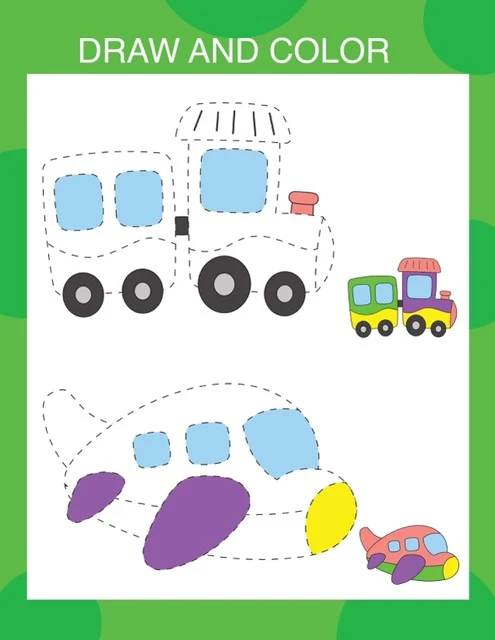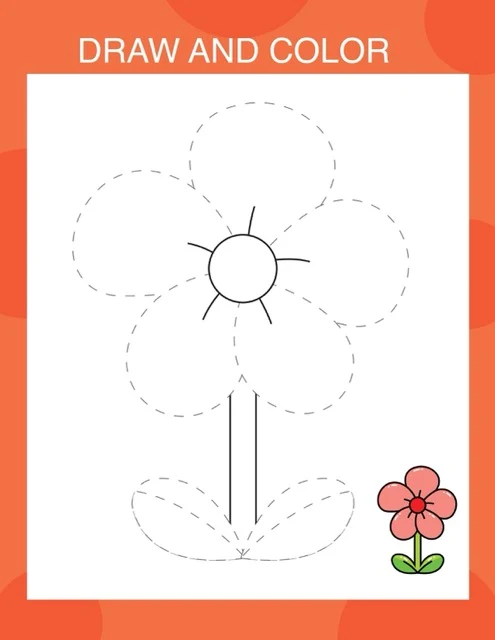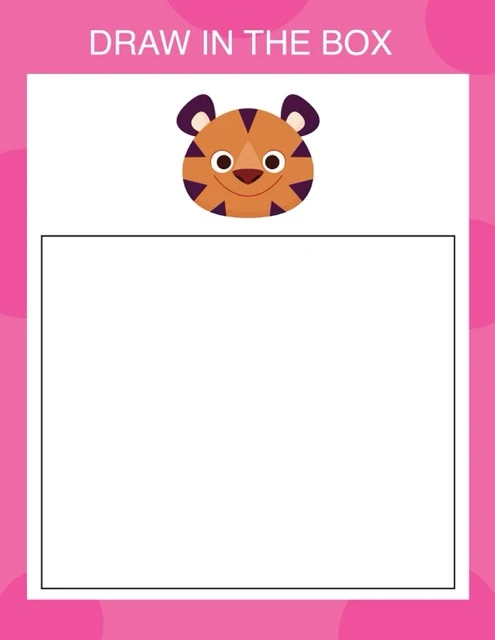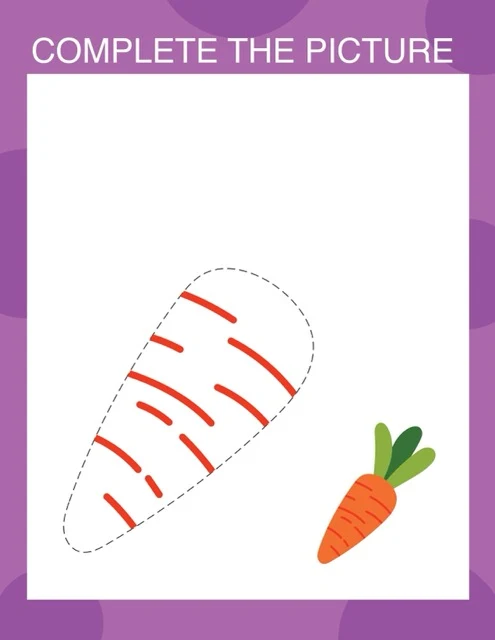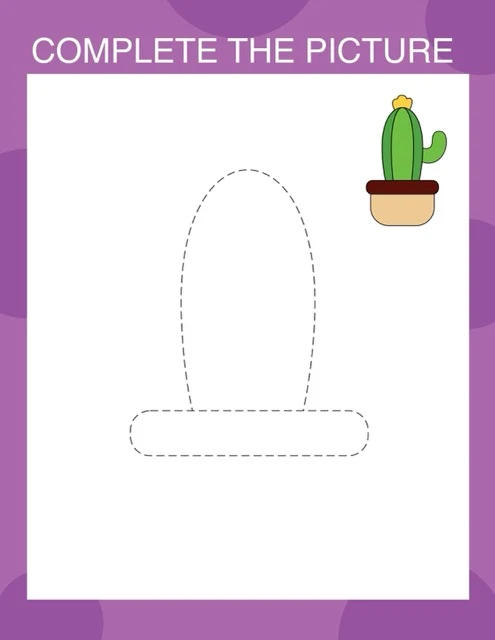Drawing's Holistic Benefits for Young Learners
The provided sources emphasize the multifaceted benefits of drawing for young learners. Drawing develops crucial skills, including fine motor control, hand-eye coordination, and spatial reasoning, while also fostering creativity and self-expression. Structured exercises and prompts guide children through the process, building confidence and making drawing accessible at various skill levels. The sources advocate for integrating drawing across the curriculum and creating supportive learning environments, suggesting that drawing is a valuable tool for holistic child development, including cognitive, social-emotional, and physical growth. Finally, they recommend a balance between traditional and digital drawing techniques.
Drawing Development in Young Learners
Briefing Doc: Drawing Development in Young Learners
Theme: The provided sources highlight the significant role of drawing in fostering holistic development in young learners, encompassing cognitive, social-emotional, and physical domains.
Key Ideas/Facts:
●
Multifaceted Benefits: Drawing facilitates the development of fine motor skills, hand-eye coordination, spatial reasoning, and visual perception. It serves as a vital tool for self-expression, communication, and creative exploration. "Drawing helps develop fine motor skills, hand-eye coordination, and strengthens finger muscles." (Source: Drawing Development in Young Learners).
●
Structured Learning through Step-by-Step Exercises: Step-by-step drawing exercises offer a structured approach to learning, enabling young learners to break down complex images into manageable shapes and lines. This fosters confidence, teaches fundamental techniques, and makes drawing more accessible. "Step-by-step drawing exercises break down complex images into simpler shapes and lines, guiding children through the drawing process." (Source: Drawing Development in Young Learners).
●
Stimulating Creativity with Prompts: Drawing prompts, such as themes or scenarios, ignite imagination and encourage children to think divergently. They provide a springboard for creative exploration, resulting in unique and personalized artwork. "Drawing prompts, like themes or scenarios, spark imagination and encourage thinking outside the box." (Source: Drawing Development in Young Learners).
●
Complete the Picture Exercises: These exercises enhance observation skills, spatial reasoning, and problem-solving abilities. Children analyze incomplete images and utilize their understanding of shapes and proportions to complete the missing parts, strengthening visual perception. The second image in "Testing Theme: Drawing.pdf" exemplifies this exercise.
●
Integration across Curriculum: Drawing seamlessly integrates into diverse subject areas, enriching learning experiences. Children can create illustrations for stories, diagrams for science experiments, or maps for geography lessons, fostering multi-sensory learning. "For example, children can draw illustrations for stories they read, create diagrams for science experiments, or design maps for geography lessons, making learning more engaging and multi-sensory." (Source: Drawing Skills for Young Learners).
●
Age-Appropriate Activities: Drawing activities should cater to the developmental stages of young learners. Younger children can engage in tracing activities, coloring within lines, and drawing basic shapes, while older children can progress to more intricate exercises and original artwork. This is exemplified in the first image of "Testing Theme: Drawing.pdf" which uses a step-by-step guide to drawing a rabbit.
●
Supportive Environments: Creating a dedicated art space with various tools, displaying children's artwork, and offering positive feedback cultivates a positive environment that nurtures creativity and encourages drawing practice.
●
Technology Integration: Digital tools and resources like educational apps and online tutorials offer interactive learning experiences, making drawing more engaging and accessible. However, it's crucial to balance screen time and encourage hands-on drawing experiences.
Quotes from Sources:
●
"Drawing offers a multitude of benefits for children's development. It enhances fine motor skills, improves hand-eye coordination, and strengthens finger muscles." (Source: Drawing Skills for Young Learners)
●
"Drawing prompts, such as suggesting themes, objects, or scenarios, stimulate children's imagination and encourage them to think outside the box." (Source: Drawing Skills for Young Learners)
●
"Complete the picture" exercises aim to develop observation skills, spatial reasoning, and visual perception." (Source: Drawing Development in Young Learners)
Recommendations:
●
Encourage regular drawing practice both within the classroom and at home.
●
Provide a variety of drawing tools and materials to stimulate creativity.
●
Utilize drawing prompts to spark imagination and inspire unique artwork.
●
Integrate drawing activities across different subject areas to enhance learning.
●
Create a supportive environment that celebrates children's artistic efforts.
●
Embrace technology as a tool to enhance drawing skills development, while maintaining a balance with traditional drawing methods.
Drawing Skills for Young Learners
FAQ: Developing Drawing Skills in Young Learners
1. What are the benefits of drawing activities for children?
Drawing offers a multitude of benefits for children's development. It enhances fine motor skills, improves hand-eye coordination, and strengthens finger muscles. Drawing also fosters creativity, imagination, and self-expression, allowing children to communicate their thoughts and ideas visually.
2. How can step-by-step drawing exercises help children learn to draw?
Step-by-step drawing exercises break down complex images into simpler shapes and lines, making it easier for children to follow along and replicate the drawing. These exercises build confidence and provide a structured approach to learning fundamental drawing techniques.
3. How do drawing prompts inspire creativity?
Drawing prompts, such as suggesting themes, objects, or scenarios, stimulate children's imagination and encourage them to think outside the box. By providing a starting point, prompts can spark ideas and lead to unique and creative artwork.
4. What are some effective ways to encourage children to practice drawing?
Creating a positive and supportive environment is key to encouraging drawing practice. Providing a dedicated art space with various drawing tools and materials, displaying children's artwork, and offering positive feedback can motivate and inspire them to draw more often.
5. How can "complete the picture" exercises benefit children?
"Complete the picture" exercises enhance observation skills and spatial reasoning. Children need to analyze the incomplete image and use their understanding of shapes and proportions to complete the missing parts, promoting problem-solving and visual perception.
6. What types of drawing activities are appropriate for different age groups?
Younger children may benefit from simple tracing activities, coloring within lines, and drawing basic shapes. As children grow older, they can progress to more intricate drawing exercises, copying from real-life objects, and creating original artwork.
7. How can parents and educators integrate drawing into other learning areas?
Drawing can be seamlessly integrated into various subjects. For example, children can draw illustrations for stories they read, create diagrams for science experiments, or design maps for geography lessons, making learning more engaging and multi-sensory.
8. What resources are available to support children's drawing development?
Numerous resources are available to support children's drawing journey. Libraries, bookstores, and online platforms offer a wealth of drawing books, tutorials, and printable worksheets. Educational apps and websites also provide interactive drawing tools and lessons for different skill levels.
Drawing Development in Young Learners
Exploring Drawing Development in Young Learners
Short-Answer Quiz
Instructions: Answer each question in 2-3 sentences.
1.
How does drawing contribute to a child's physical development?
2.
Explain the concept of step-by-step drawing exercises and their benefits for young learners.
3.
What role do drawing prompts play in stimulating creativity?
4.
Describe two effective strategies for encouraging children to engage in drawing activities.
5.
In what ways can "complete the picture" exercises enhance a child's cognitive skills?
6.
Suggest one drawing activity suitable for a preschooler and one for an elementary school student.
7.
Provide an example of how drawing can be integrated into a science lesson.
8.
Name two resources that can support children's drawing development beyond the classroom.
9.
Analyze the first image provided in "Testing Theme: Drawing.pdf". What type of drawing exercise is being illustrated and what skills does it aim to develop?
10.
Referring to the second image in "Testing Theme: Drawing.pdf", explain the purpose of "Complete the Picture" exercises and the specific skills they target.
Short-Answer Quiz Answer Key
1.
Drawing helps develop fine motor skills, hand-eye coordination, and strengthens finger muscles. These physical developments are crucial for tasks requiring precision and control, such as writing and using tools.
2.
Step-by-step drawing exercises break down complex images into simpler shapes and lines, guiding children through the drawing process. This structured approach builds confidence, teaches fundamental techniques, and makes learning to draw more accessible.
3.
Drawing prompts, like themes or scenarios, spark imagination and encourage thinking outside the box. They provide a starting point for creative exploration, leading to unique and personalized artwork.
4.
Creating a dedicated art space with various tools and displaying children's artwork fosters a positive and supportive environment. Offering positive feedback and encouragement motivates them to practice and develop their skills.
5.
"Complete the picture" exercises enhance observation skills, spatial reasoning, and problem-solving abilities. Children analyze incomplete images, using their understanding of shapes and proportions to complete the missing parts, thus strengthening visual perception.
6.
For a preschooler, a simple tracing activity with basic shapes is appropriate. An elementary school student could benefit from copying a real-life object, like a fruit or a toy, focusing on observation and representation.
7.
In a science lesson about plant parts, children could draw and label a diagram of a flower, reinforcing their understanding of the concepts and enhancing their visual memory.
8.
Drawing books and online tutorials provide step-by-step instructions and guidance for various drawing techniques. Educational apps offer interactive drawing tools and lessons, making learning engaging and accessible.
9.
The first image illustrates a step-by-step drawing exercise, guiding the learner to create a rabbit by following a sequence of simple shapes and lines. This exercise aims to develop hand-eye coordination, fine motor control, and the ability to follow instructions.
10.
"Complete the Picture" exercises aim to develop observation skills, spatial reasoning, and visual perception. By completing the missing parts of images, children practice analyzing shapes, proportions, and the relationships between elements in a picture.
Essay Questions
1.
Discuss the multifaceted benefits of drawing for young learners, addressing its impact on their cognitive, social-emotional, and physical development.
2.
How can educators effectively integrate drawing activities into different subject areas to enhance learning experiences? Provide specific examples.
3.
Analyze the role of technology in fostering drawing skills development. Discuss the advantages and potential drawbacks of using digital tools and resources.
4.
Explain how drawing can serve as a valuable tool for self-expression and communication for young learners. How can educators create a supportive environment that encourages creative exploration through drawing?
5.
Drawing skills develop gradually over time. Describe the stages of drawing development in young learners, highlighting key milestones and characteristics of each stage.
Glossary of Key Terms
●
Fine Motor Skills: The ability to make movements using the small muscles in our hands and wrists.
●
Hand-Eye Coordination: The ability to coordinate the movements of the hands with the information received through the eyes.
●
Step-by-Step Drawing: A method of teaching drawing by breaking down complex images into simpler shapes and lines that are easy to follow and replicate.
●
Drawing Prompts: Ideas or suggestions given to inspire creativity and provide a starting point for drawing activities.
●
Complete the Picture Exercises: Activities that involve completing missing parts of an image, promoting observation skills and spatial reasoning.
●
Spatial Reasoning: The ability to understand and manipulate objects in space, including their shapes, sizes, and positions.
●
Visual Perception: The ability to interpret and make sense of visual information from the environment.
●
Multi-Sensory Learning: Engaging multiple senses (sight, sound, touch, etc.) during learning, enhancing understanding and retention.







